Dental Services / Tooth Extractions
WHY SMILE SPA?
SIMPLE & PAIN FREE EXTRACTION SOLUTIONS
Tooth extractions are a common procedure for dentists. There are several reasons why you would need a tooth extraction. These can range from more serious problems such as tooth decay or simply overcrowding in the mouth. The process of extracting teeth is actually more simple than you might think. Depending on the follow-up treatment you may need, the recovery period isn’t that long. Extractions are also performed with the patient’s health in mind as, if the problem tooth isn’t dealt with, it could lead to other health issues.
THE MOST COMMON REASONS FOR TOOTH EXTRACTIONS
Here is an overview of some of the most common reasons for tooth extractions. These particular conditions, if left untreated, could cause further complications. For this reason, the dentist will opt for removing the tooth.
- Tooth decay: Tooth decay, if not caught early enough, is probably the most common reason for tooth extraction. Tooth decay can cause infection, and once this spreads to the core of the tooth, it’s safer to extract it. This could lead to a number of potential health issues if not.
- Gum disease: Gum disease can be equally as dangerous if left untreated. It can cause deterioration in the support structure of the tooth, meaning the gum tissue, bone, and ligament. This could even cause the tooth to fall out on its own.
- Overcrowding: If your teeth are overcrowded, in order to make space you might need extractions. This is typical in preparation for orthodontic work. After the extractions, the remaining adult teeth can grow in straight.
- Impacted teeth: An impacted tooth is one that isn’t able to erupt because it is either blocked by other teeth or overcrowding, for instance. This is a particularly common problem with wisdom teeth, and for that reason, they are often extracted.
- Broken teeth: Extractions are performed on broken teeth if they can’t be treated with any other solution. This is often better for the oral health of the patient overall, as a broken tooth could lead to the loss of the tooth or other complications.
THE PROCESS OF TOOTH EXTRACTIONS
With all extractions, the dentist will prescribe an anesthetic to ensure the experience is as comfortable as possible for the patient. Most of the time, a local anesthetic is used, but occasionally a general anesthetic is given and the procedure is performed with the patient unconscious. As soon as the anesthetic has taken effect, the dentist will get rid of any excess gum tissue or bone and will gently extract the tooth using forceps.
The average recovery time is usually around 7 to 10 days. You should try to minimize oral activity such as eating or drinking for 24hours. Dentists usually recommend eating soft or liquid foods after that and to gently brush the area as normal. Overall, it’s a fairly simple procedure that can then be followed up by installing a dental implant, or carrying out orthodontic work, for example.
SEDATION OPTIONS
We want our patients to be relaxed and comfortable during their extraction, so we offer three different sedation options. Sedation during procedures is used to help the patient feel more relaxed and experience less anxiety. The three sedation methods we offer include:
- “Laughing Gas”: This is our most mild form of sedation. We administer laughing gas through a mask. As you breathe in, it will ease nerves. Since this sedation is minor, it will allow you to be fully awake and aware through the procedure, and you will be able to drive yourself home.
- Oral Sedation: We will prescribe a sedative pill to experience a deeper relaxation through your procedure. The doctor will give you the medication the night before your extraction. We direct you to take it an hour before your procedure for maximum effect. Patients will remain awake and alert with the use of oral sedation.
- IV Sedation:
The heaviest form of sedation we offer is IV sedation. We administer this medication through an IV before and during the procedure. Patients will be conscious but so relaxed and will most likely fall asleep. Because this form of sedation is heavy, patients are directed to be dropped off and picked up at our office.
YOU DESERVE A GOOD NIGHT’S REST
People can experience many challenges as they sleep. These challenges can impact their sleep quality and health. One of these challenges can be as serious as obstructive sleep apnea (when the tissue in their throat obstructs the airway). Yet, there are milder conditions such as nasal or mouth snoring. At the Smile Spa, many sleep accessories can help treat symptoms and disorders. These accessories can increase your quality of sleep and living. Below are some examples of common sleep accessories we can help advise you on.
TALK TO US ABOUT SLEEP ACCESSORIES
If you have difficulty sleeping or dealing with symptoms that the proper sleep accessories can aid, we can help advise you. Quality sleep does so much good for your body and can help your body heal, even if it takes extra help and accessories for sleep to do its job. Please schedule an appointment today so we can help get your sleep journey back on the right path.
SNORING CHIN STRAPS
Snoring chin straps come in many varieties. They are put on over your head to support your chin. This keeps your mouth closed so that you breathe through your nose while sleeping. The chin strap is mainly for those who snore through their mouth. It wouldn’t reduce snoring for those who snore through their nose. Snoring chin straps work best for light snorers.
VESTIBULAR SHIELD
A vestibular shield goes inside your mouth and, like a chin strap, forces your body to breathe from its nose. Choosing a vestibular shield over a chin strap is often a matter of preference, as both have a similar effect.
TONGUE STABILIZING DEVICES (TSDS)
These devices are made of similar material to mouth guards and pacifiers. They pull your tongue forward in your mouth. It attaches to your tongue through suction and braces on your lips or teeth to hold the tongue forward. A tongue-stabilizing device does not move your entire jaw like a MAD. This means that TSDs exert less pressure on your teeth and jaw. People who have dentures or otherwise struggle with teeth and jaw pain find TSDs as a better options.
MANDIBULAR ADVANCEMENT DEVICE (MAD)
Mandibular Advancement Devices (MADs) are alternatives to other treatments for disorders. They move the jaw and tongue forward. This reduces the amount of throat constriction you experience while sleeping. MADs prevent both sleep apnea and snoring by increasing the airway space at the back of the mouth and throat.
MADs can offer significant benefits, but they are not for everyone. People who wear dentures or have significant tooth decay are not great candidates for this type of sleep accessory. Another option is over-the-counter MADs. They are made of soft material formed to your teeth by boiling them in water and then biting down. Smile Spa can provide a more comfortable and effective device through teeth impressions and build a custom MAD fitted to your teeth exactly.
CONTINUOUS POSITIVE AIRWAY PRESSURE (CPAP) DEVICES
Considered the best solution for most sleep apnea patients, CPAP machines apply air pressure on your throat while sleeping, so the throat does not collapse. It is used at home every night when you sleep and includes a mask covering your nose, mouth, or both.
BOOK ONLINE TODAY TO SCHEDULE AN APPOINTMENT!

(225) 292-7645
info@thesmilespa.us
10235 Jefferson Hwy
Building 5
Baton Rouge, LA 70809
All Rights Reserved | The Smile Spa. All Rights Reserved. Digital Marketing Services by Ned Fasullo & APEX Technologies. View our Privacy Policy here and view our Accessibility Statement here.
